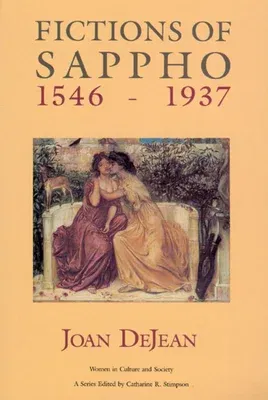Joan Dejean
(Author)Fictions of Sappho, 1546-1937Hardcover, 28 November 1989

Qty
1
Turbo
Ships in 2 - 3 days
In Stock
Free Delivery
Cash on Delivery
15 Days
Free Returns
Secure Checkout

Part of Series
Women in Culture and Society
Part of Series
Women in Culture & Society (Hardcover)
Print Length
402 pages
Language
English
Publisher
University of Chicago Press
Date Published
28 Nov 1989
ISBN-10
0226141357
ISBN-13
9780226141350
Description
Product Details
Author:
Book Format:
Hardcover
Country of Origin:
US
Date Published:
28 November 1989
Dimensions:
23.75 x
15.93 x
3.07 cm
Genre:
French
ISBN-10:
0226141357
ISBN-13:
9780226141350
Language:
English
Location:
Chicago, IL
Pages:
402
Publisher:
Weight:
680.39 gm